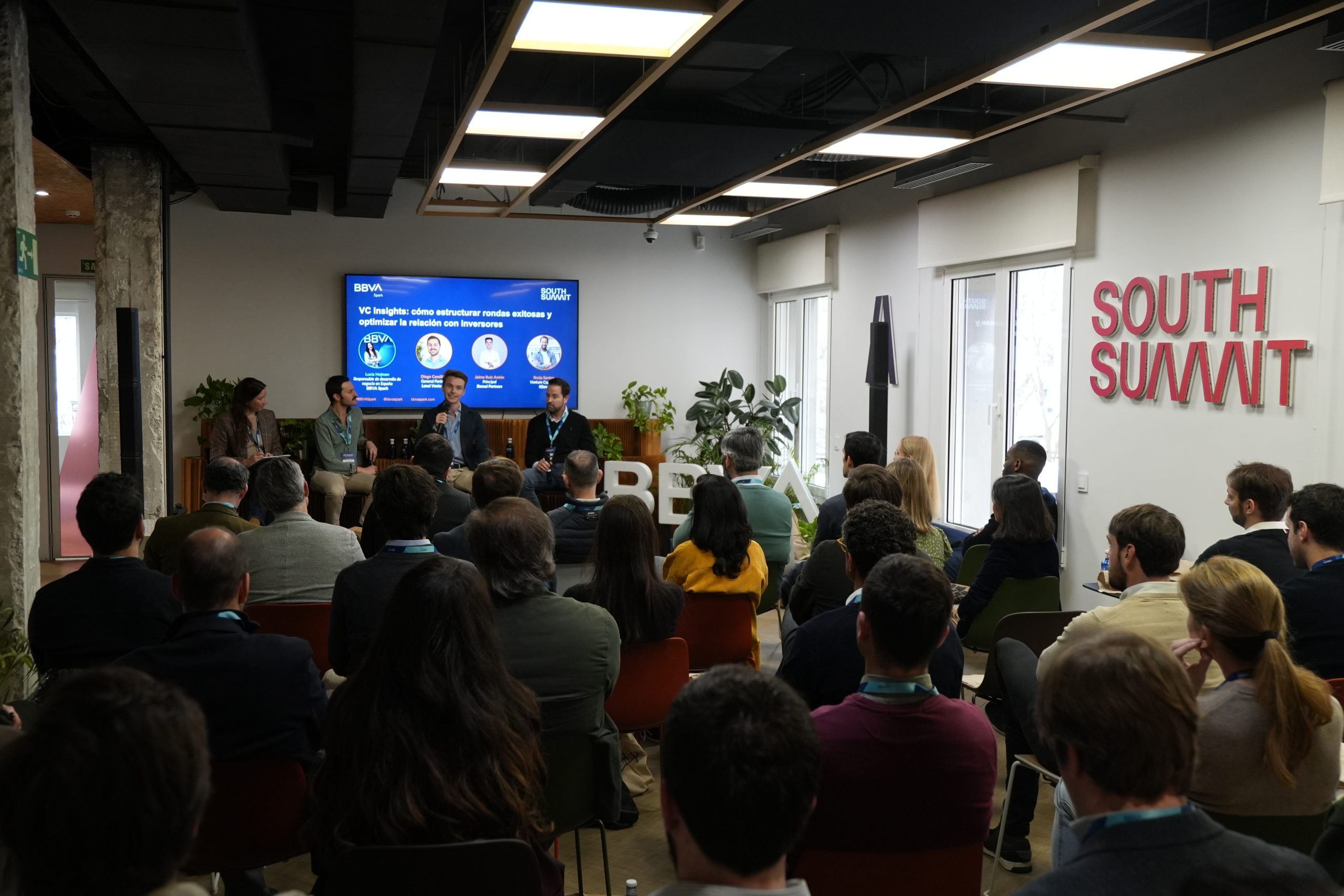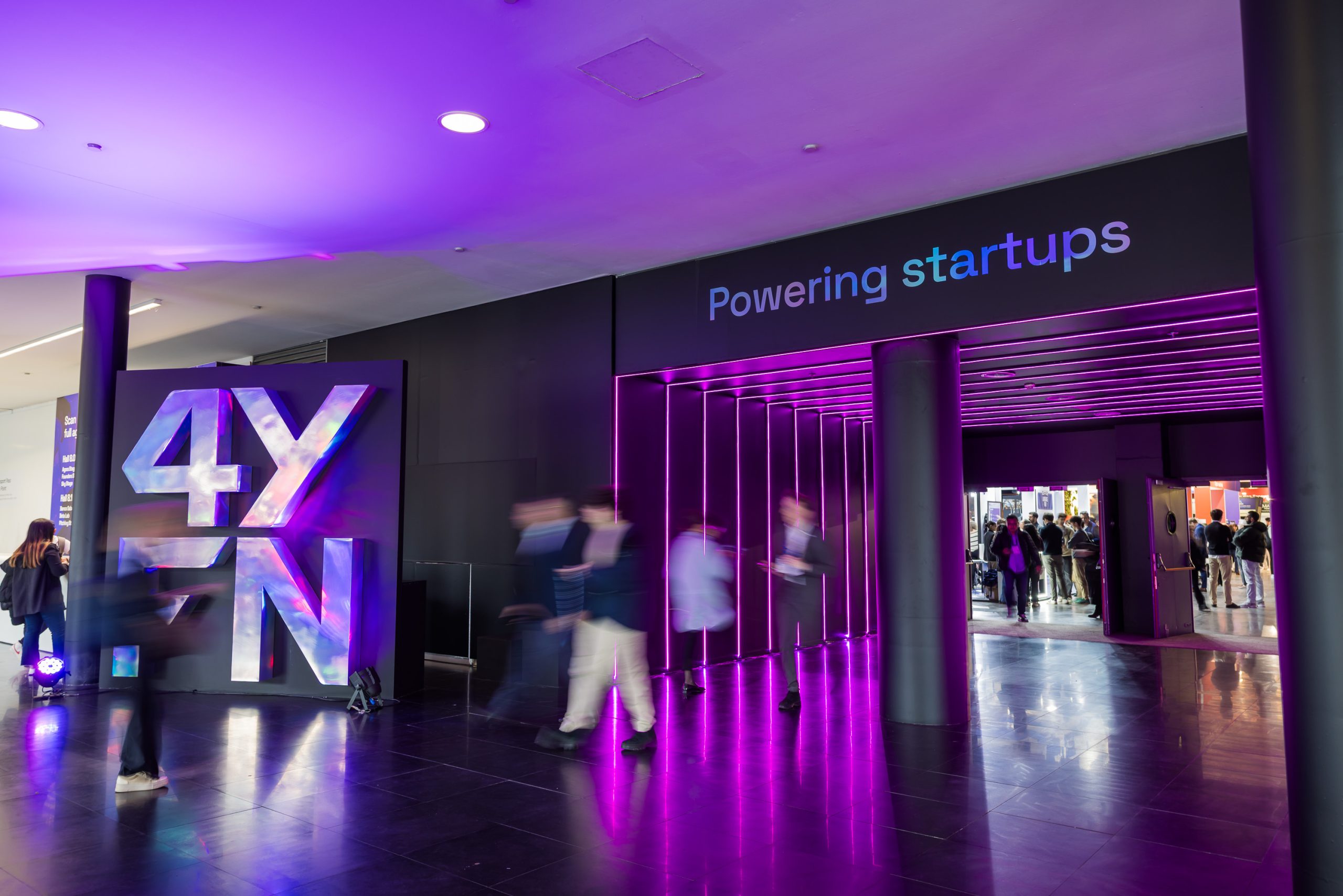“In Latin America, we need more investment options, both in terms of capital and debt”
The Mexican e-commerce startup Quinio finds its formula for success in the convergence of two rising trends: the expansion of e-commerce in Latin America and the aggregator model. Its CEO and co-founder, Juan Carlos Gavito, reveals how the company has managed to double brand sales while expanding to five countries and developing its own technological ecosystem.
From the private equity sector to the startup ecosystem, passing through a family business, Juan Carlos Gavito, CEO and co-founder of Quinio, has developed a new e-commerce model with his team. The Mexican startup acquires and boosts other e-commerce businesses, leveraging “a platform with a very robust muscle to enhance brands” in three major categories: home and kitchen, health and wellness, and maternity and baby products. Quinio “has adapted” the traditional model of American or European e-commerce aggregators to the Latin American context. To achieve this, they apply criteria and metrics from social networks and the digital ecosystem, combining them with traditional financial metrics and data analysis tools and artificial intelligence (AI).
How did the idea behind Quinio come about and how were the company’s first steps?
In March 2020, I entered a family business in external advertising with great potential to transition to digital products. Just fifteen days later, the pandemic hit, and the business became complicated, but it was good timing to start a digital marketing agency. Clients were looking for options to continue reaching consumers. We started with search topics, social networks, programmatic advertising, and finally, we entered e-commerce. We began advising clients, primarily selling on a marketplace and on their own page. We’re talking about clients who were selling between 5 and 15 million Mexican pesos a year, but we radically changed their results, almost doubling sales in a period of three to seven months.

From this ability to exponentially grow brands, we saw that while marketplaces opened a huge opportunity for innovative products to enter the market and compete, they encountered the challenge of navigating the e-commerce world, including logistical, advertising, financial, and working capital issues. We were focused on the marketing aspect, which makes a huge difference, and there we saw an opportunity. We began to explore how we could achieve two things: bring these products, which we saw as much better than existing ones, to consumers, and take our fair share of the value we were generating. We started exploring options, and a mutual friend put us in touch with Iker Garay, the third co-founder [after Juan and Santiago Gavito]. He opened the door to the world of aggregators for us, and we said, “This is the way to go.”
In your latest funding round in 2022, you raised $40 million. What strategic actions have you financed with this investment?
On the one hand, resources have been focused on acquiring new brands and working capital for the growth of the portfolio of brands we already have. On the other hand, in 2022, less than 1% of sales were offline. In 2023, we set ourseleves the goal to grow, and today our offline sales already represent more than 5%, and our intention is for it to continue growing. It’s a different cash conversion cycle from e-commerce and represents a need for investment. It’s a diversification of online and offline channels combined with very important cross-selling between countries and brands.
Can you share some figures on the company’s growth?
We currently have 18 brands in our portfolio, each experiencing a growth of nearly 50% since their acquisition. By the close of 2023, our annualized sales reached approximately $30 million, with operations spanning across five countries: Mexico, the United States, Chile, Colombia, and Spain.
What unique value does Quinio offer its customers? How does it leverage technology?
From the beginning, we tried to build a team, which was difficult because technological talent in Mexico is in high demand and hard to attract. We achieved it through the acquisition of a technology company and started focusing on having all the data available for ten marketplaces where we sell through third-party APIs, to create a data lake, extract information, create dashboards, and understand where we stood at every moment of the day.
Today, all that infrastructure and technological development is our own, and we use AI for different things, from pricing strategies to sales forecasts and inventory purchasing recommendations. In the next stage, we want to generate brand statistics to create intelligent alerts with trends and solutions in each case. In an ideal world, we hope that Quinio’s know-how will be maintained and that, when we have a high degree of certainty, certain solutions will be applied automatically.
According to the latest study by the Mexican Online Sales Association, online sales increased by 24.6% in 2023. Given these promising figures, how do you envision Quinio’s trajectory moving forward?
Latin America has been the region with the highest e-commerce market growth in the world over the past five years. We believe that e-commerce penetration will continue to grow. Solutions are getting better, the customer experience is improving, and that will help, regardless of the overall growth of commerce in the region. It is expected that e-commerce market growth will reach almost 30% in the region over the next four years. We are very optimistic.
How do you perceive the investor market in Latin America?
2021 was a very atypical year, but three years earlier, the options were very limited: you didn’t see foreign funds investing in Mexico, it was a very small number. In 2021, that changed, and I think the post-pandemic adjustment in rising interest rates and valuations was a natural brake, as there was overheating. Now the numbers are much higher than in previous years, including 2022 and 2023. The truth is that the players are already here, they have the funds, and they’ve just been on pause to see what happens in the macroeconomic environment. In recent quarters, we’ve seen several signs of funds starting to reinvest. When the interest rate reduction cycle accelerates, investors will have more confidence.

How does partnering with an entity like BBVA Spark contribute to a startup like Quinio?
Although there are great success stories in the region, Latin America is still in the process of developing a much more robust market. For an institution the size of BBVA to be backing a project like Quinio through BBVA Spark, with the muscle and capacity to support the company in future growth, becomes a differentiator that was needed in the region. The fact that BBVA Spark Mexico, despite its affiliation with the country’s largest bank, operates with agility and flexibility, comprehending our business model and offering viable solutions, is a commendable achievement for both BBVA and the regional ecosystem. I attribute this success primarily to the exceptional performance of the BBVA Spark team, which has surpassed all our expectations.
What challenges and opportunities does an entrepreneur face in Mexico?
In Mexico and Latin America, the entrepreneurial ecosystem is not as developed as in the United States and Europe. We need more investment options, both in terms of capital and debt, with an understanding of business models and a long-term vision. There is a lack of an entrepreneurial system where experiences are shared, and we can learn from each other. The efforts made by BBVA Spark to bring entrepreneurs together and organize discussion forums are very valuable.
What advice would you give to an entrepreneur who wants to launch or scale their project?
I would summarize it by saying they should validate the potential of their idea in many ways, understand the market and dynamics, and invest a significant amount of their time in attracting the best people. I would also recommend that they conduct due diligence on their investors. We are very accustomed to conducting due diligence on the company, but not the other way around, and we need to be proactive in understanding who our ideal partners are and try to reach them. Having good partners, both in terms of capital and debt, makes the difference. I would also recommend that from the beginning, they define things to take care of their physical and mental well-being and prioritize them. The entrepreneurial journey is tough, and if we don’t make space to be with family or friends and exercise, burnout can occur very quickly.



